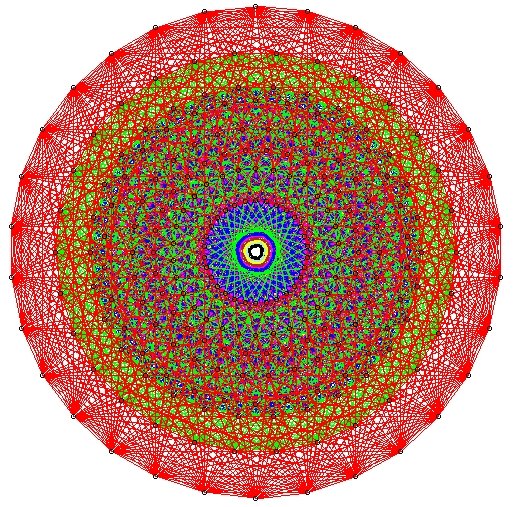|
|
|
Here is a description of the main features of the software,
Version 1.0 (February 2017).
The groups:
- a general connected complex reductive group G;
- an inner class of strong real forms of G;
- a real form of G.
Structure theory:
- the component group of G;
- the conjugacy classes of Cartan subgroups of G;
- the relative Weyl group of each Cartan subgroup;
- K-orbits on G/B and G/P
- Parabolic subgroups; real and theta-stable parabolics
Representations:
- A parameter space {p|pϵS} for the standard and irreducible representations of G
- An arbitrary standard representation I(p) (pϵS)
- An arbitrary irreducible representation J(p) (the unique irreducible quotient of I(p))
- The block B of J(p)
- The Kazhdan-Lusztig-Vogan polynomials of B
- The Character formula of any irreducible representation J(p)
- The composition series of any standard module I(p)
- The Jantzen filtration of I(p)
- Twisted versions all these objects (following Lusztig and Vogan)
- Vogan duality for B
Branching to K:
- Parametrization of the irreducible representations of (possibly disconnected) K
- K-types of I(p) and J(p)
Induction:
- Induction from an arbitrary representation on a real parabolic subgroup
- Cohomological induction in the weakly fair range
- Euler characteristic of cohomological induction in general
Hermitian Forms:
- Signature of the c-invariant form on I(p) and J(p)
- Determine if J(p) admits an invariant Hermitian form
- Signature of invariant Hermitian form on J(p)
- Determine if the invariant Hermitian form on J(p) is definite, i.e. J(p) is unitary
Here is some mathematical background.
|

